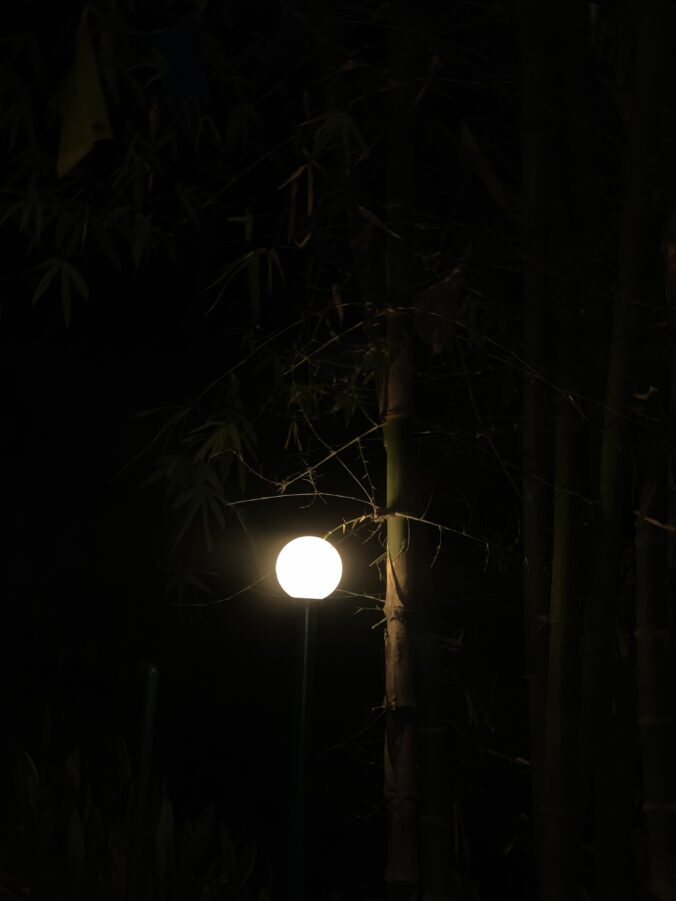Mobile Photography: Is It Really That Good?
Yes, mobile photography is that good and getting better every year. Thanks to powerful cameras built right into smartphones, many professional photographers now rely on their phones for a surprising range of work. From quick Instagram reels to full wedding shoots, mobile devices are proving they can capture stunning, high-quality images that rival traditional cameras. But mobile photography isn’t just for pros—it’s for everyone. Whether you’re a beginner snapping casual shots or an enthusiast wanting to improve, your phone opens up endless creative possibilities. In this post, we’ll explore why snapping pictures with your phone is far more than just a quick hobby — it’s a serious tool for storytelling, creativity, and sharing your unique perspective with the world.
Table of Contents
Benefits of Mobile Photography
Mobile photography isn’t just convenient—it’s powerful. Here’s why:
- Always with you: Your phone is always in your pocket, ready to capture the moment.
- High-quality cameras: Modern smartphones come with advanced lenses, AI, and night mode.
- Easy to share: Snap, edit, and post in minutes—no need for SD cards or transfers.
You don’t need fancy gear to be a great photographer. All you need is your mobile photography skills and a creative spark.
Editing Apps That Improve Your Shots
Editing is half the fun. Try these free apps to take your mobile photos to the next level:
- Snapseed (by Google): Great for quick edits and filters.
- Lightroom Mobile: For more control over exposure, contrast, and tone.
- VSCO: Known for beautiful, subtle filters.
- Canva: Perfect for adding text or making graphics.
💡 Pro Tip: Start with brightness and contrast, then fine-tune your colors. Most editing apps let you save your presets too!
Best Times of Day to Shoot Outdoors
Lighting can make or break your photo. For mobile photography, natural light is your best friend.
- Golden Hour: Just after sunrise or before sunset. Soft and warm tones = magic.
- Overcast Days: Great for even lighting—no harsh shadows.
- Avoid Noon Sun: Too bright and harsh, especially for phone lenses.
Remember: Your phone camera works best in soft light.
How I Captured My Favorite Shot with Just a Phone
One chilly morning in Khangsar, I woke up early to catch the sunrise. The golden light slowly poured over the snowy peaks and quiet trails—it was breathtaking.
I didn’t have a fancy camera, just my Android phone. No tripod, no filters—just steady hands and a bit of patience. After snapping the shot, I used Snapseed to enhance the colors and bring out the morning glow.
It didn’t go viral, but it became one of my most loved photos. It reminded me that mobile photography is more about feeling the moment than chasing likes.
Bonus Tips for Beginners
If you’re new to mobile photography, start here:
- Clean your lens: Sounds obvious, but smudges ruin sharpness.
- Use grid lines: Helps you follow the Rule of Thirds.
- Tap to focus: Don’t let your camera auto-guess.
- Try different angles: Low shots, overhead shots, reflections all work great on phones.
- Use burst mode: Especially helpful when photographing movement.
Conclusion
You don’t need a fancy DSLR to create powerful art. Mobile photography lets you explore creativity right from your pocket. With the right light, a few clever apps, and a curious eye, you can capture moments that speak louder than megapixels.
So what are you waiting for? Grab your phone and go chase the light!
If you want to see the photo gallery I built on my website, click here. It includes all my favourite mobile photos, too!
Want more editing help? Check out these:



